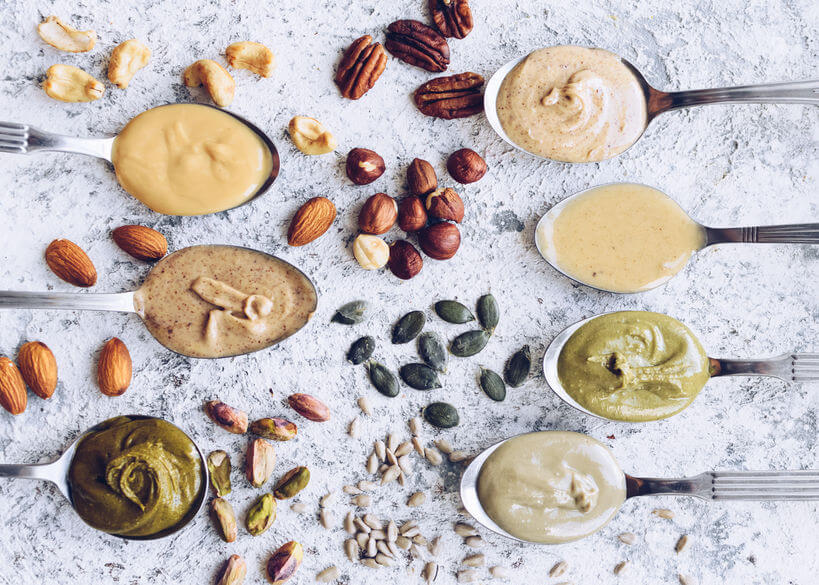You’re at work and your stomach growls. It’s mid-day and the numbness in your backside is telling you it’s time to take a break from your desk.
Feeling a little past the hungry mark, you’re disappointed to remember that the healthy groceries you have stored at home did not make it to work with you.
Enter the cafeteria…
This scene is so common. Day after day you find yourself at work, hungry, with no lunch and no plan. Things generally go downhill from there.
The logical way to avoid being caught with a sad desk lunch is to plan ahead.
Meal planning is a skill (check out my video on Why Most Meal Plans Fail and What to do About it).
Here are some tips to meal planning for the workweek to make healthy eating easier when you have a busy schedule.
- Gather your recipes – the Internet is flooded with healthy recipes (some better than others). Print them out and dust off your stack of cookbooks to find recipes you like and will actually want to eat. Knowing what your options are goes a long way toward being prepared.
- Create a meal map for the week— this is a visual meal planning tool I use with my clients. Map your eating pattern according to your daily tasks. Will you have 3 meals? 2 and some snacks? Or does your schedule require you to have a big breakfast and graze throughout the afternoon? Mapping your meals helps you to plan ahead so you know what to bring along for your work day.
- Plan similar items— the week starts with great intentions (of cooking several complex dishes) but once the week hits it’s a different story. Plan similar dishes with similar ingredients so you can make things like rice in large batches ahead of time. Think about ways to create variety by adding different vegetables and side dishes to batch-made protein and grains.
- Create a shopping list— face it, there’s no such thing as running to the store for “just one thing.” Make a list ahead of time and stick to it. Try the Our Groceries app to create separate lists for different stores, and never worry about leaving your slip of paper at home.
- Set a designated shopping day— during your busy week the last thing you need is to have to stop for groceries 2-3 times. Create a routine and shop on the same day each week. You can plan this around when the produce at your grocer is the freshest.
- Batch cook & prep ahead— a classic time management tool is to batch similar tasks together. The same goes for cooking. Do simple meal prep; chopping, washing produce, etc. in advance so food is ready-to-go in your fridge. Cook meals in large quantities for the week and store them in airtight glass containers. Note: make-ahead meals typically last about 4 days in the fridge.
The recipes in my Everyday Eats Cookbook contain common household ingredients and are designed for batch cooking (and to make your life easier). Get your copy of the Upgraded & Expanded edition of Everyday Eats with over 50 whole-food recipes that are ready in under 30 minutes here.
- Cook once, eat two (or three) times– even if you’re cooking for one, it takes about the same amount of effort to cook a little or a lot. Make it a habit to cook in larger quantities so you’ll have some of your favourite meals on hand with little effort. Your future self will thank you.
- Use your freezer— the freezer is your friend, especially if you batch cook. Use glass storage containers to freeze homemade soups, stew, vegetables and meat. Thaw them on the counter and reheat on the stove top for a quick weeknight meal.
The best way to be prepared for the workweek is to have a plan for your meals at the start. If it’s not practical to eat a home-cooked meal every night, that’s ok. Make healthy takeout part of the plan – my favourites are Thai or Mediterranean grill with veggies. You’ll get the satisfaction of sticking to the plan, instead of finding yourself at the drive thru.





